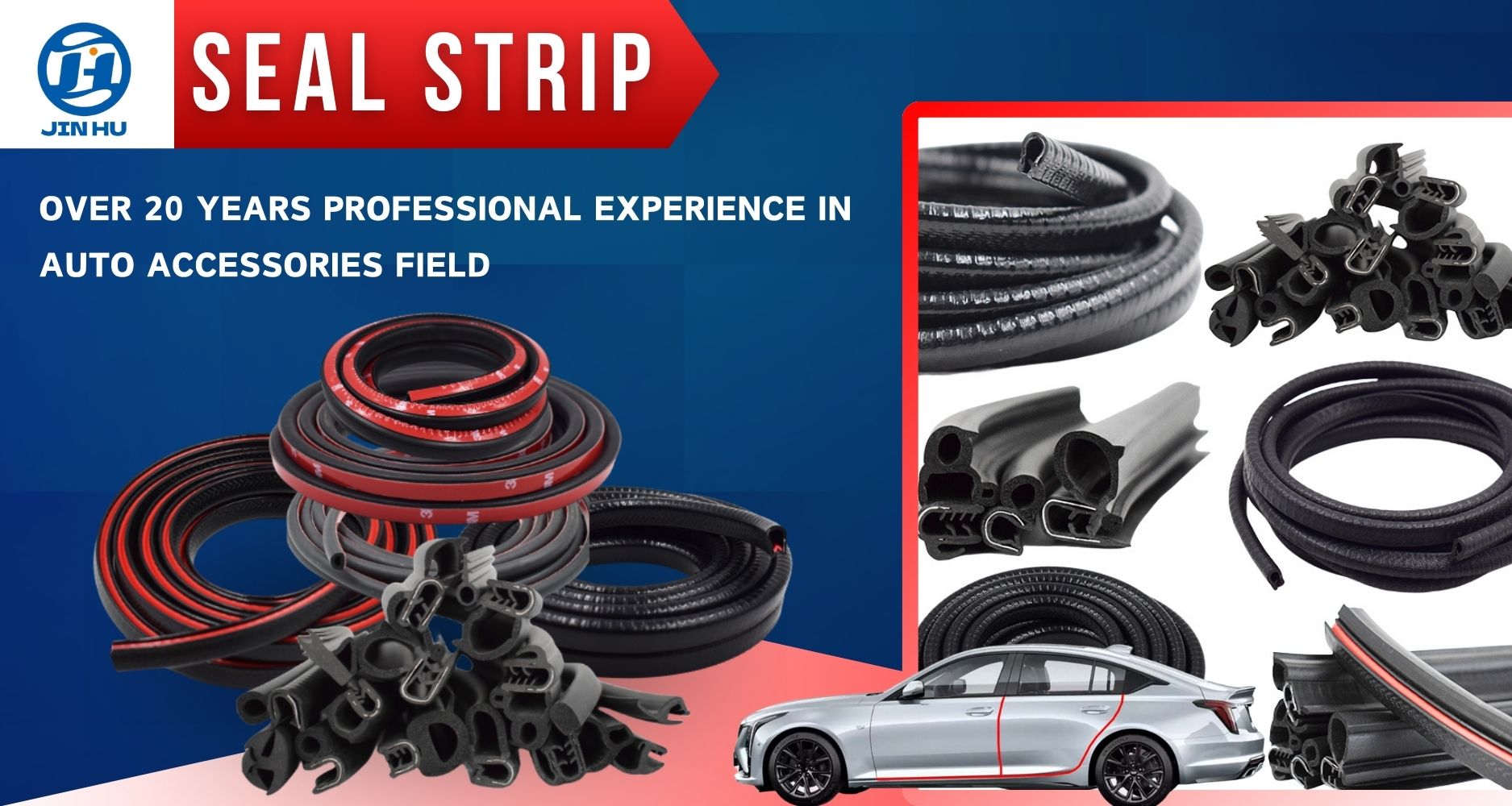What Are You Looking For?
Seal strips play a crucial role in enhancing the performance of doors, windows, and other entrances. They prevent drafts, dust, water, and noise infiltration. Using the correct seal strip shape ensures long-lasting insulation and project durability. This guide explores various seal strip shapes, their applications, and when to use them.

Description: U-shaped seal strips are flexible, designed like the letter "U," making them ideal for sealing larger, uneven gaps. They compress when closed to create a tight seal.
Advantages:
Applications:
Description: E-shaped seal strips are slim and compact, perfect for narrow gaps. Their shape allows for a tight seal in confined areas.
Advantages:
Applications:
Description: T-shaped seal strips are flat and versatile, suitable for sealing door bottoms and flat surfaces. They feature strong adhesive backing for easy installation.
Advantages:
Applications:
Description: P-shaped seal strips feature a bulb design for a strong, long-lasting seal. They are perfect for high-traffic or industrial applications.
Advantages:
Applications:
Description: H-shaped seal strips are robust and thick, ideal for large, heavy-duty applications. They offer excellent noise reduction and insulation.
Advantages:
Applications:
Description: L-shaped seal strips are designed to fit corners and right-angled edges, creating seamless seals in hard-to-reach areas.
Advantages:
Applications:
Description: J-shaped seal strips are flexible and conform to irregular surfaces, making them ideal for doors and windows with non-standard edges.
Advantages:
Applications:
Description: V-shaped seal strips are self-adjusting, providing versatility for a range of gaps. They compress to create a snug, adaptable fit.
Advantages:
Applications:
Consider the Following:
Selecting the right seal strip shape significantly impacts insulation, noise reduction, and overall comfort. Whether you’re a DIY enthusiast or a professional manufacturer, understanding each shape’s applications and benefits will help you make an informed choice. A properly chosen weatherstrip improves energy efficiency and prolongs the lifespan of doors, windows, and other openings.
If you need anything, please contact us,Customized different size/color/shape rubber products, making molds depending on your samples or drawings. FREE SAMPLES can be sent for your evaluation!
Over 20 years Professional Experience in Auto Accessories Field